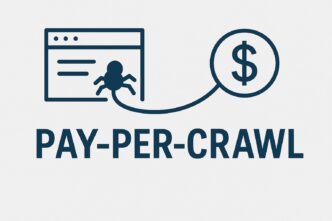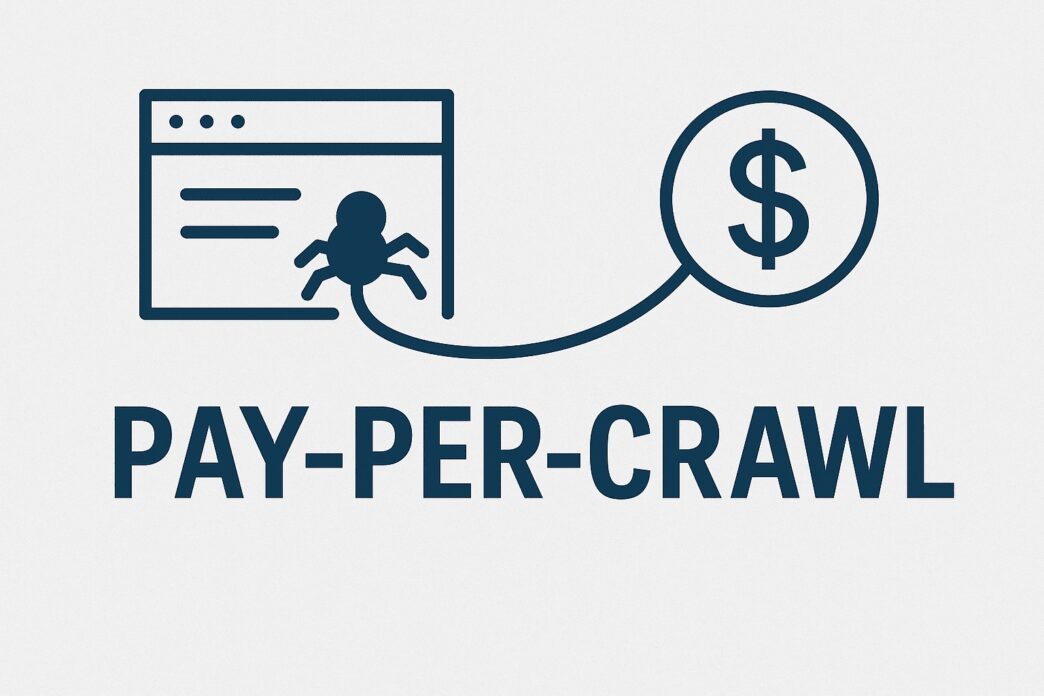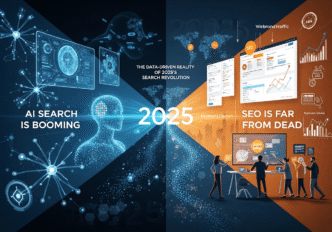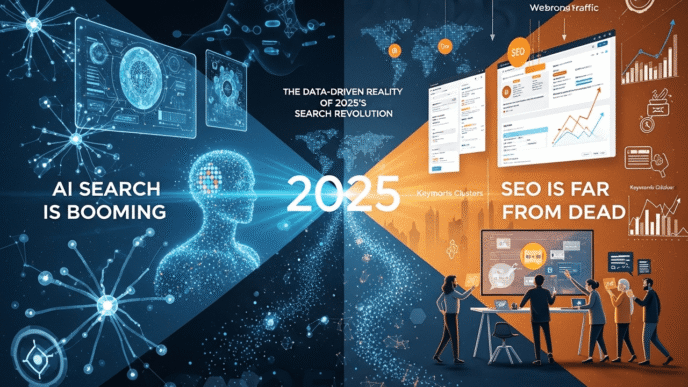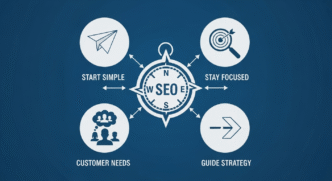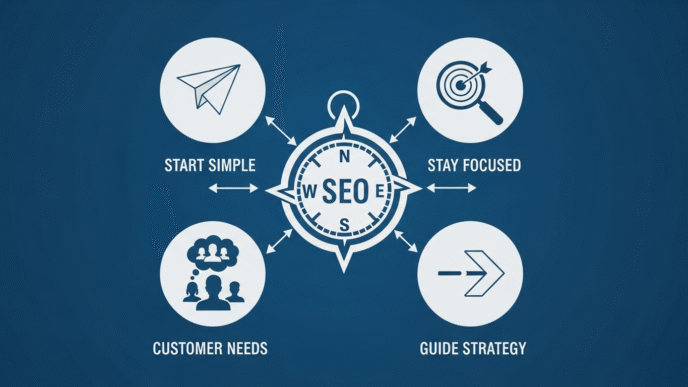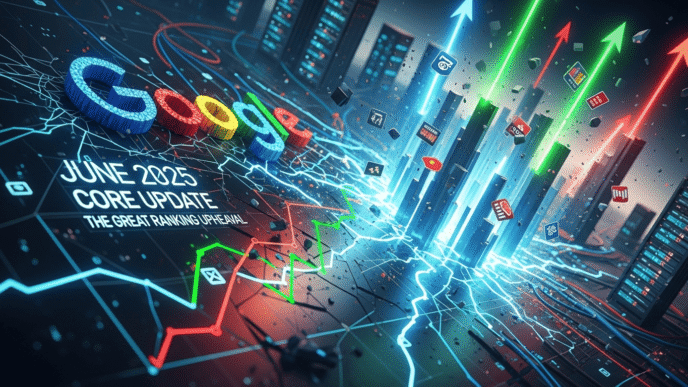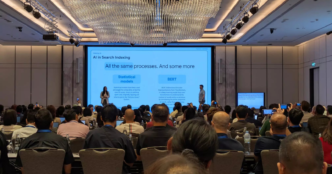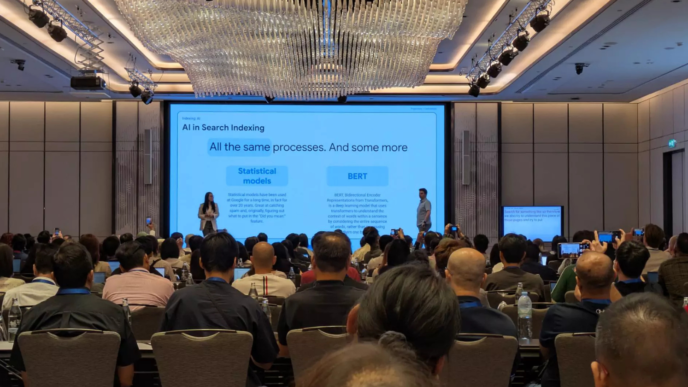Google Removes SEO Reference Local Ranking Documentation: Subtle July 2025 Changes Signal Potential Algorithmic Shifts.
Cloudflare, a company that provides infrastructure for a significant portion of the web, has ignited a firestorm of debate with its new “Pay Per Crawl” feature. This groundbreaking move allows website owners to charge artificial intelligence (AI) companies for crawling and indexing their content, a development that could fundamentally reshape the economics of the internet and redefine the rules of online visibility.
For years, a silent pact existed between publishers and search engines: allow crawlers to access your content for free, and in return, receive traffic from search results. However, the rise of generative AI and “zero-click” searches, where users get answers directly from AI without visiting the source website, has shattered this unspoken agreement, causing a dramatic drop in traffic and ad revenue for many publishers.
In response, Cloudflare has stepped in with a bold solution. The “Pay Per Crawl” system empowers publishers to set a price for access to their content, utilizing the rarely used HTTP 402 “Payment Required” response code to bill AI bots. Website owners now have three distinct options for managing AI crawlers: allow full access, block them entirely, or charge for each page they crawl.
This new capability has been met with both applause and apprehension. Major publishers have endorsed the move, seeing it as a critical step toward fair compensation and regaining control over their intellectual property. Proponents argue it will create a more sustainable business model for content creators in the age of AI.
However, critics voice concerns about the potential for a fractured and less open internet. The fear is that a “pay-to-play” web could emerge, where only well-funded AI companies can afford to access and train on a comprehensive range of data, potentially limiting the quality and diversity of information available through AI models.
Table of Contents
ToggleThe Dawn of Generative Engine Optimization (GEO)
Concurrent with this development is the rapid emergence of Generative Engine Optimization (GEO). Unlike traditional Search Engine Optimization (SEO) which focuses on ranking in search engine results, GEO is the practice of optimizing content to be discovered, understood, and featured in the responses of generative AI models.
Cloudflare’s “Pay Per Crawl” directly intersects with GEO strategies. Website owners and SEO professionals now face a crucial decision: is the potential revenue from charging AI crawlers worth the risk of being excluded from their “mental map”? If a significant portion of the web becomes paywalled, the training data for these AI models could become fragmented, impacting their ability to provide comprehensive and unbiased answers.
Key Implications and Future Outlook:
New Revenue Streams: The most immediate impact is the potential for publishers to create a new revenue stream by charging for content that was previously accessed for free.
Strategic Crawler Management: Website owners must now develop strategies for which bots to allow, block, or charge, potentially based on the value each bot provides.
Default AI Blocking: In a significant move, Cloudflare is now blocking AI crawlers by default for all new domains on its network, shifting from an “opt-out” to an “opt-in” model for AI scraping. This places the onus on AI companies to seek permission to crawl content.
The Future of Search is Everywhere: The rise of GEO signifies a broader shift in how information is discovered. Experts predict that traffic from large language models could surpass traditional search. This means optimizing for visibility within these AI-powered conversational interfaces is no longer optional.
A New Economic Model for the Web: Cloudflare’s initiative is seen as a foundational attempt to build a new economic model for the internet, one that rebalances the power dynamic between content creators and the AI companies that rely on their work.
The introduction of “Pay Per Crawl” is more than just a new feature; it’s a pivotal moment that is forcing a re-evaluation of how content is valued and consumed online. The decisions made by website owners, SEO professionals, and AI companies in the coming months will likely have a lasting impact on the future of search, the accessibility of information, and the very fabric of the World Wide Web.

